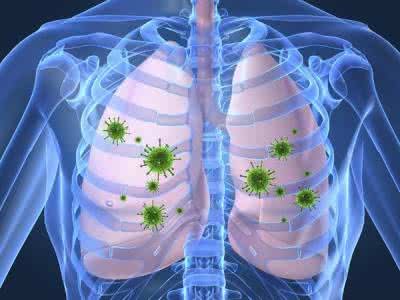Plateau cold, what symptom is pulmonary oedema?
summary
When we talk about pulmonary edema, we probably all know about this disease. However, high altitude pulmonary edema may still be a disease that we don't know very well. High altitude pulmonary edema refers to a series of manifestations such as dyspnea, chest tightness, cough, etc. in high altitude, patients will feel general fatigue or reduced activity ability. Generally speaking, high altitude pulmonary edema will also appear below 3000 meters above sea level. High altitude pulmonary edema in many factors will cause, so we still need to know some of the causes of high altitude pulmonary edema, so as to achieve timely prevention. Plateau cold, what symptom is pulmonary oedema? Let's talk about it
Plateau cold, what symptom is pulmonary oedema?
Common symptoms: chest tightness, palpitations, dyspnea, spitting sputum, fatigue, nausea and vomiting, dry cough, nail bed cyanosis, cyanosis, low fever, pale complexion, and cold skin.

The disease usually occurs within 24-72 hours after reaching the plateau. On the basis of the symptoms of acute mountain sickness, extreme fatigue, severe headache, chest tightness, palpitation, nausea and vomiting, dyspnea and frequent dry cough often occur, and it is difficult to fall asleep at night. Cyanosis of lip and nail bed. The heart rate is faster, the breathing is fast and shallow, and the breathing rate can reach 40 times / min. Some patients have low fever, pale complexion and cold wet skin. With the development of the disease, dyspnea intensified, a small number of patients can not lie on their back and sit upright breathing. Expectoration of foam sputum is initially white or yellowish, and then becomes pink. A large amount can be released from the mouth and nostrils. The nervous system symptoms are blurred consciousness, hallucination, insensitivity, and coma in severe cases.

The most important signs of physical signs are the lung and moist? If the sound is serious, you can hear the sound of excessive Qi only by sticking your ear to the chest wall.? The most common sound is at the bottom of both lungs, but it can only appear on one side. The second tone in the pulmonary valve area was hyperactive, and the systolic murmur of grade Ⅱ - Ⅲ could be heard in some patients. In right heart failure, the jugular vein is distended, edematous, and the liver is enlarged with tenderness. According to hultgren's statistics of 150 patients, 26.7% had heart rate > 120 beats / min, 26% had respiration > 24 beats / min, 11% had blood pressure > 150 / 90mmHg, and 20% had body temperature of 38 ℃. Fundus examination of retinal varices, arterial spasm, optic disc congestion, scattered punctate or flaming bleeding spots.

matters needing attention
Those who enter the plateau more than 3000m above altitude have severe headache, extreme fatigue, severe cyanosis, dyspnea (quiet), cough, cough with white or pink foam sputum, and two lungs hear moist. If the chest X-ray has some patchy or cloudy shadow, the diagnosis can be established














